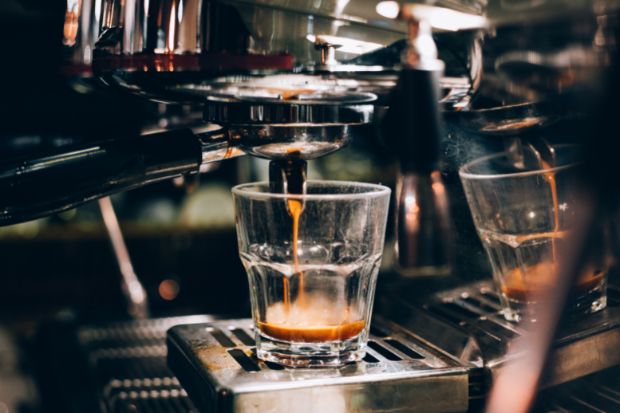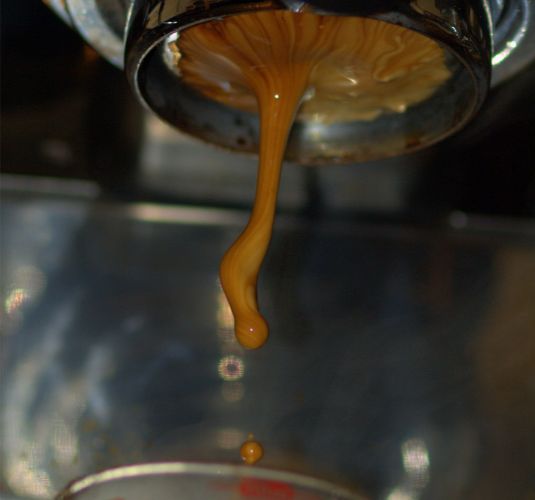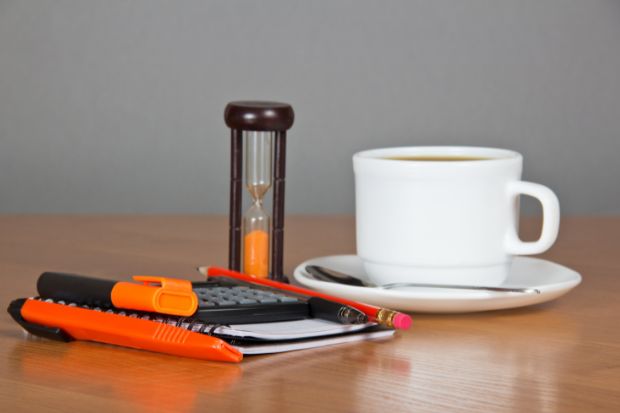Last Updated on September 3, 2024
If you’re new to home espresso, or looking to improve your espresso game, the timing of your espresso shots is a great variable to play with.
There are, of course, many other factors that go into pulling a great shot of espresso. Time is only one of them. Dose and grind size are probably more important. But if you’re happy with those two, then leave them alone and start playing with timing to really understand its effect.
A well-extracted shot of espresso should be pulled over a period of 20-40 seconds, with most shots in the 25-32 second range.
You need to decide when to start timing your shot, when to stop extraction, and how to adjust your process to get the desired result.

Let’s break it down.
When To Start Timing Your Espresso Shot
Baristas debate this topic. The argument is typically between starting as soon as your pump fires up, or as soon as you see the first drip of coffee from the filter basket.
In my opinion, these are both wrong. You really should start timing your espresso shot as soon as water hits the ground coffee in your filter basket.
However, you can’t see your coffee puck when it’s locked in the portafilter. This makes it tricky to figure out when the hot water is hitting the dry coffee. Since all espresso machines function differently, the saturation time will vary.
In most cases, only a few seconds pass between the water hitting the dry coffee and the first drip from the filter basket. So just assume your start time is sometime between flipping the switch (or lever) and the first drip. This should be close enough.

Whenever you decide to start your timer, just be consistent with it. If you perform the same procedure for each brew, and only modify a single variable at a time, you’ll eventually get the result you’re looking for.
When To Stop Extraction
Stop the extraction process when your espresso starts to blonde. Blonding is when the flow of your espresso turns a very light tan and starts to become thin and watery. As soon as you see this process begin, stop your shot. Past this point you’ll begin to extract undesirable qualities, such as bitterness.
Ideally, when your shot begins blonding you’ll be within the 25-35 second range, have the appropriate shot volume, and your espresso will look and taste its best. If that’s not the case, it’s time for an adjustment.
Shot timing is a guideline and a helpful tool, but there are no hard and fast rules for any approach to brewing espresso.
If you run a 50-second shot and it looks great and meets your personal taste, that’s a quality shot of espresso.
Through practice and experimentation I have found that most great shots of espresso fall into that 20-40 second window, so that’s where you should aim—and likely where you’ll end up—if you want to make excellent espresso.


